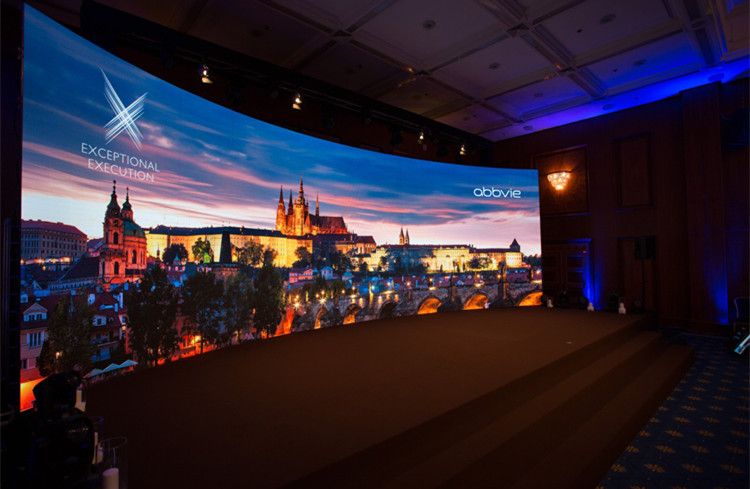No products in the cart.
industrial news
Attention should be paid to heat dissipation of LED display screen
At present, the biggest problem that LED video wall factory encounters is heat dissipation, and so is the LED display screen. The power consumption of LED display screen is very large. A considerable amount of energy is wasted on heating, which will bring many problems. Why can LED display screen be widely used? My summary is as follows:
1. Extensibility: The bigger the LCD screen is, the higher the equipment input of the production line is. And the size of the LED display is very easy to increase, just like building blocks. Resolution is also easy to achieve according to user needs.
2. Full color: The light bulb, neon lamp and so on are monochrome. LED realizes the combination of RGB three primary colors.
The heating of LED display will bring the following problems:
1. Wavelength drift: Wavelength drift will cause color correction problems. At low temperature and high temperature, the wavelength drift of LED is relatively large. According to the experimental data, the wavelength varies from 0.2 to 0.3 nm with each change of temperature.
2. Output brightness decreases: 1% of the output brightness changes with the change of temperature per centigrade, and the red light is the most affected. From 180% brightness at – 40 degrees to less than 50% brightness at 120 degrees, that is to say, the brightness of red lights is reduced by nearly two-thirds. Relatively speaking, both the brightness of blue and green lights have less influence on temperature, especially blue lights. When the temperature rises, a problem arises. Different colors of LED emit different brightness.
The heating of the LED lamp needs to improve the luminous efficiency of the LED. The heating of the controller and the connection is less, and the improvement space is not large. There is a lot of room for improvement in the driving part, which is also the part we expect to improve.

